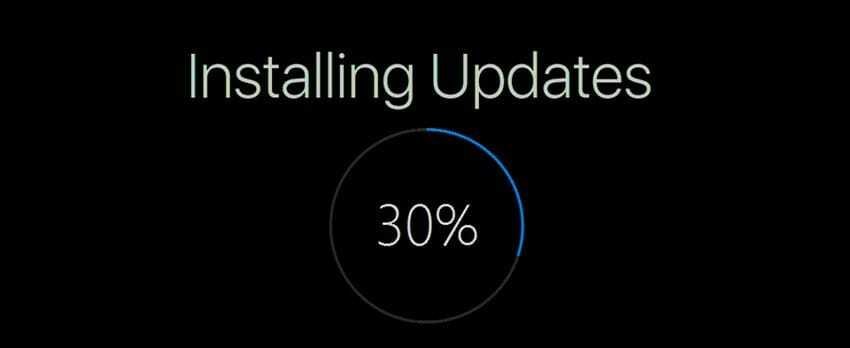Windows 10 is designed to force updates without your prior approval. They often even download updates at the most inconvenient times for you, install them and proceed to restart the computer you.

Only users of Enterprise versions of Windows 10 have the ability to control how updates are downloaded and installed. Home and Pro versions of Windows 10 are locked to receive updates whenever Microsoft decides to release one and air it.
From the very beginning of Windows 10 a huge number of users, accustomed to Windows 7, are not happy with this behavior. Below you will find a method that will allow you to install updates after you first check them. It will actually turn off automatic updates.
To install Windows 10 updates manually, do the following:
1. Open a new command prompt with Administrator rights.
2. Type or copy-paste the following command and execute it:
takeown / f "% windir% \ System32 \ UsoClient.exe" / a
3. Now run the following command:
icacls "%windir%\System32\UsoClient.exe" /inheritance:r /remove "Administrators" "Authenticated Users" "Users" "System"
The above commands turn off automatic updates in all recent versions of Windows 10. This way, you will be able to check for updates and install them manually using the Windows 10 Settings application.
In short, you can go to Settings – All settings – Update and security – Windows Update and click on button "Check for updates" on the right. Alternatively, you can press the Win + R keys at the same time and in the “Run” window that will appear type this command to immediately start the update check.
ms-settings: windowsupdate-action
How it works
All of the above trick targets the UpdateOrchestrator team. Details of this group can be found in the Windows 10 Task Schedule, specifically under the Library \ Microsoft \ Windows \ UpdateOrchestrator.

The task scheduler activates a special binary file, C: \ Windows \ System32 \ UsoClient.exe, which performs the background update function as well as the automatic restart of the operating system when required.
By running the takeown command, you simply change the ownership status of this file, that is, who can call it and run it from the Trusted Installer group to the Administrators group.
The next command, ICACLS, removes file system permissions, along with permissions for the following groups: "Administrators", "Authenticated Users", "Users" and "System".
Thus, no one can start UsoClient.exe anymore, and so the operating system will not be able to automatically install updates or download them. But if you open the Settings app, you should still be able to control all of these tasks manually.
How to undo the change
To undo the changes you have made, do the following.
1. Open a new command prompt with Administrator privileges.
2. Type or copy-paste the following command and execute it:
icalcs "% windir% \ System32 \ UsoClient.exe" / reset
3. Return the UsoClient.exe file as owner to the TrustedInstaller group, although you can safely skip this step. To restore the owner, go with the file explorer to the file in question, right-click, press “Properties” then “Change” where it says the owner and in the new window that opens type in the place “Enter the name item to select” the “NT Service \TrustedInstaller” as the new owner name and press the OK button.

Note: This method may stop working at any time. Keep in mind that any major or minor updates to the Windows 10 operating system may change the way Windows 10 receives updates.






It is almost a fact that MS will change the settings with some renewal, to the extent that it sees that a large number of users exceed its silly setting to restart your system and dissolve everything. Whether they will leave the choice of the above commands for a long time is also a matter.